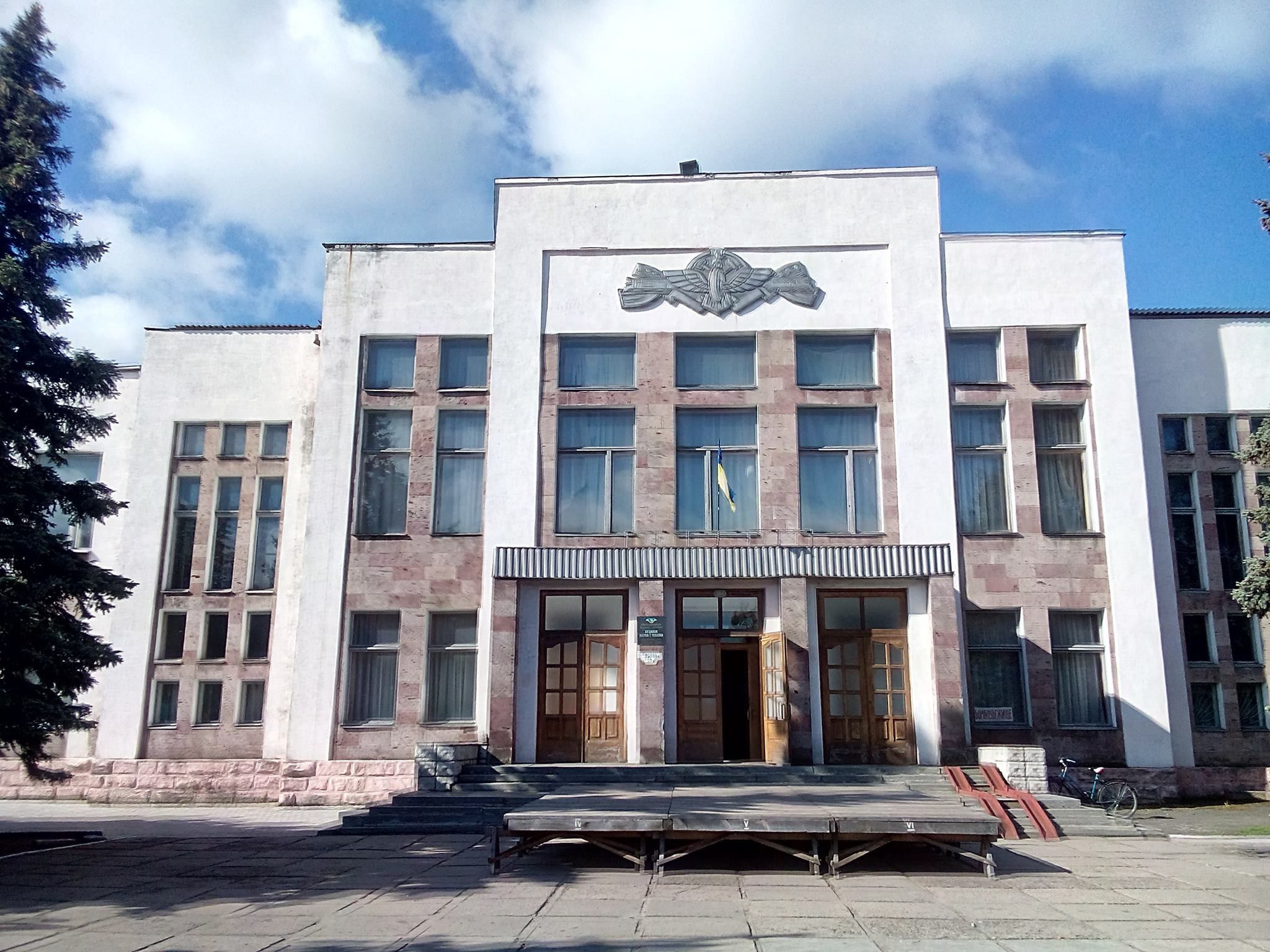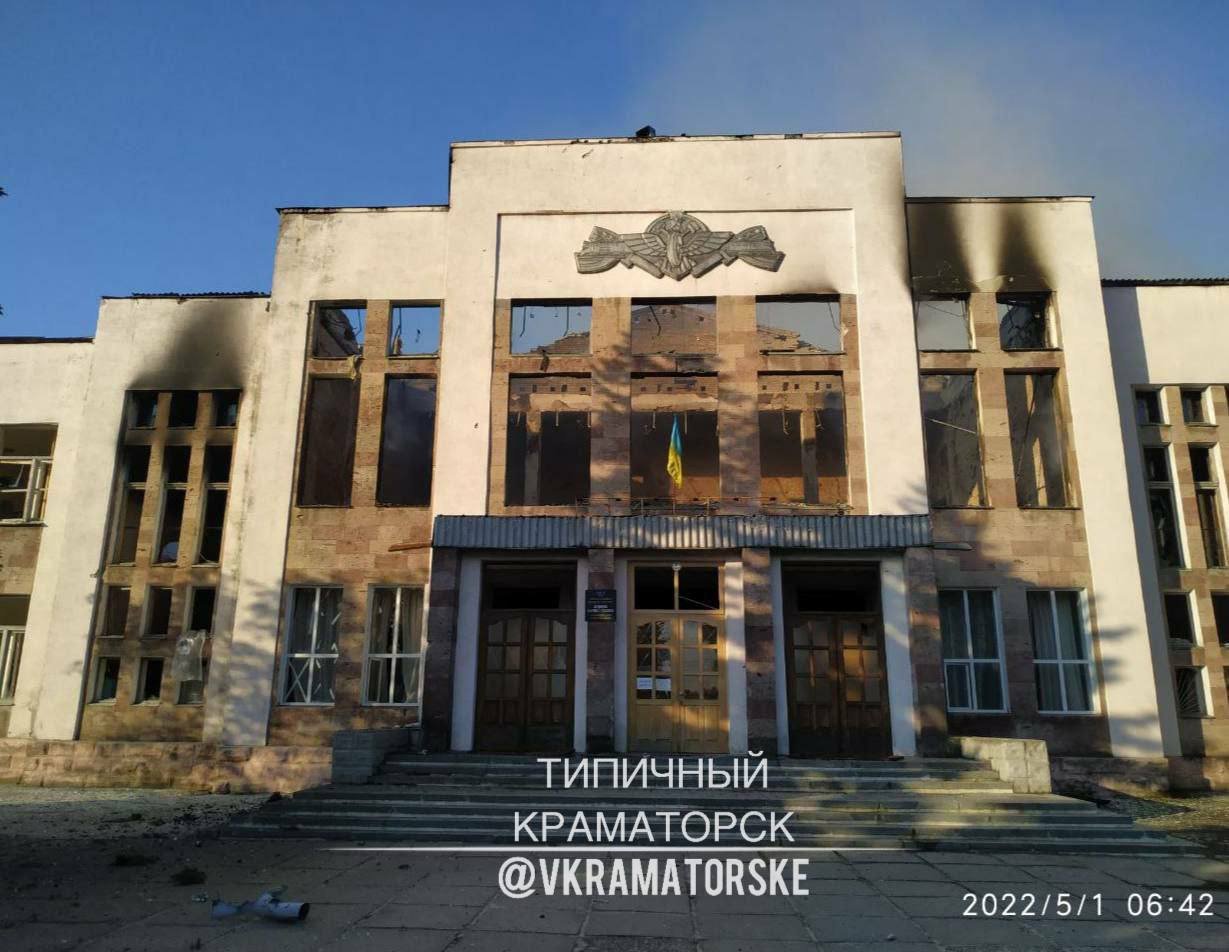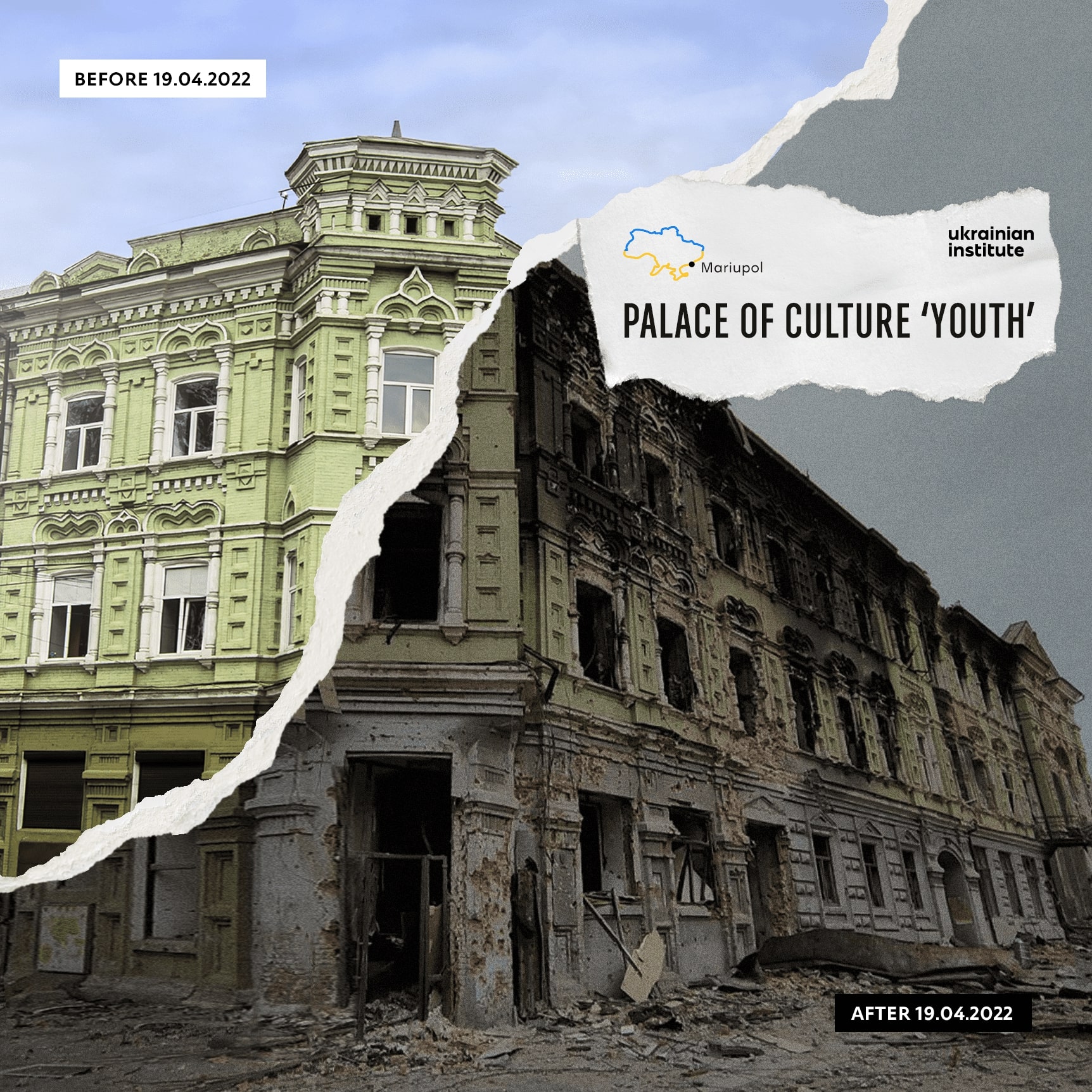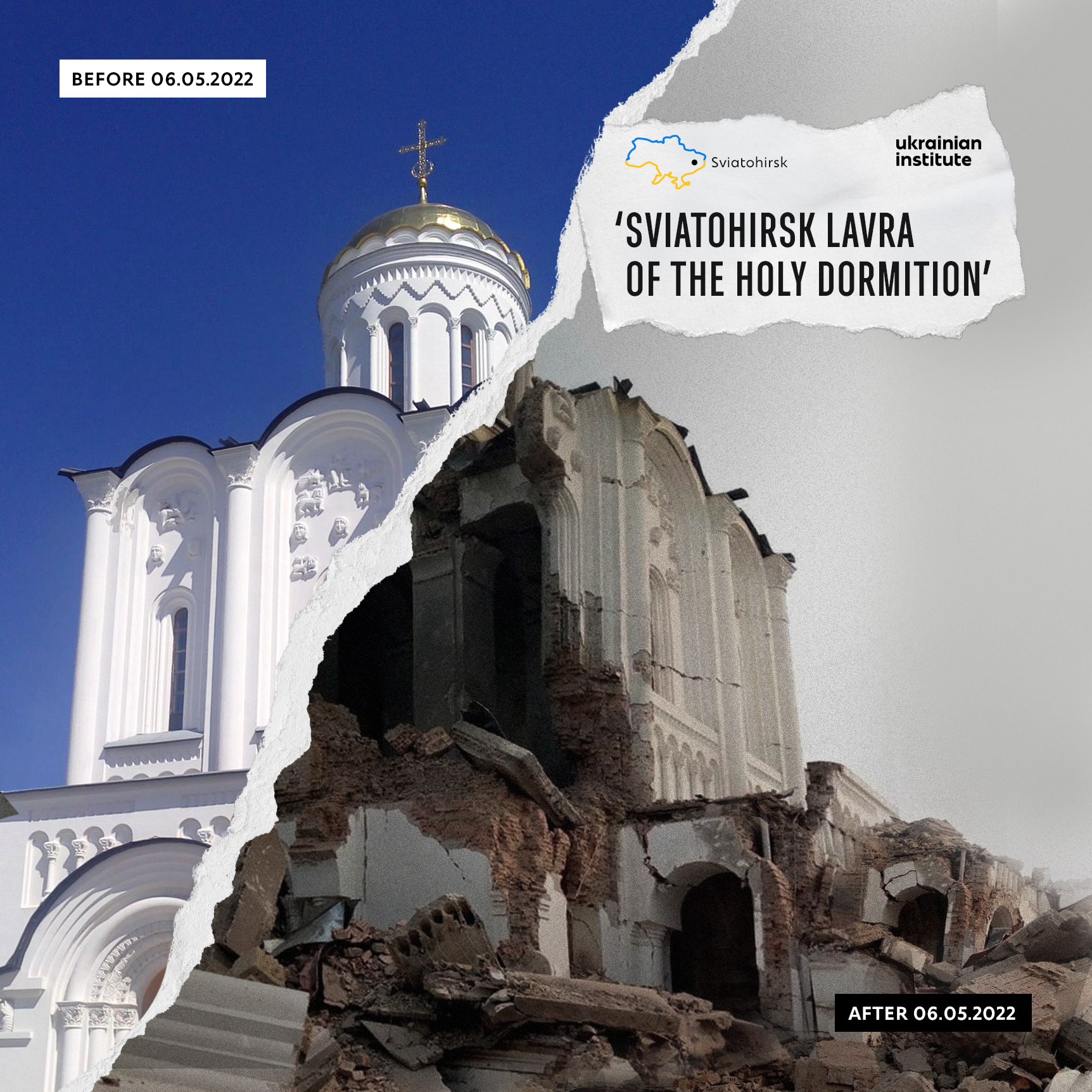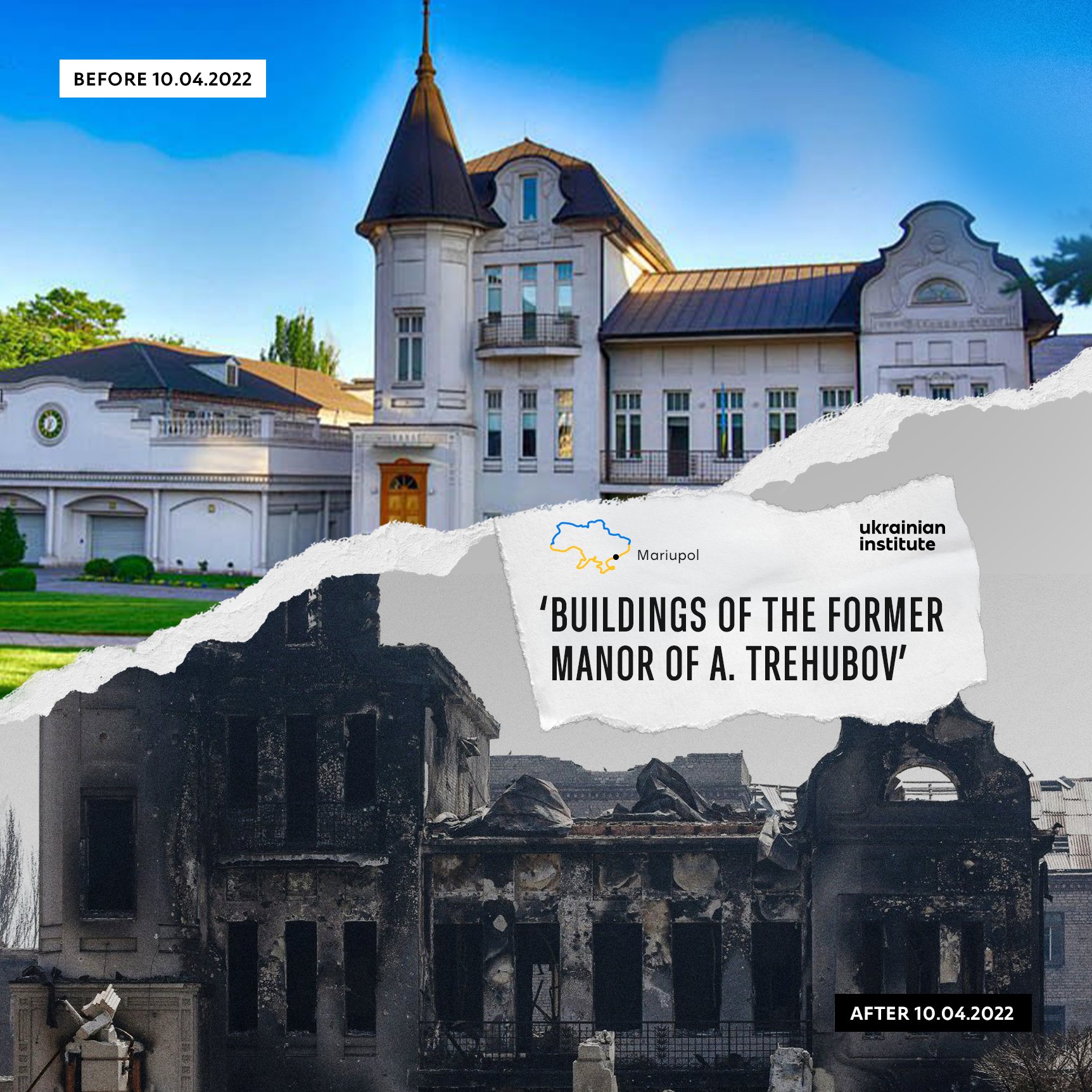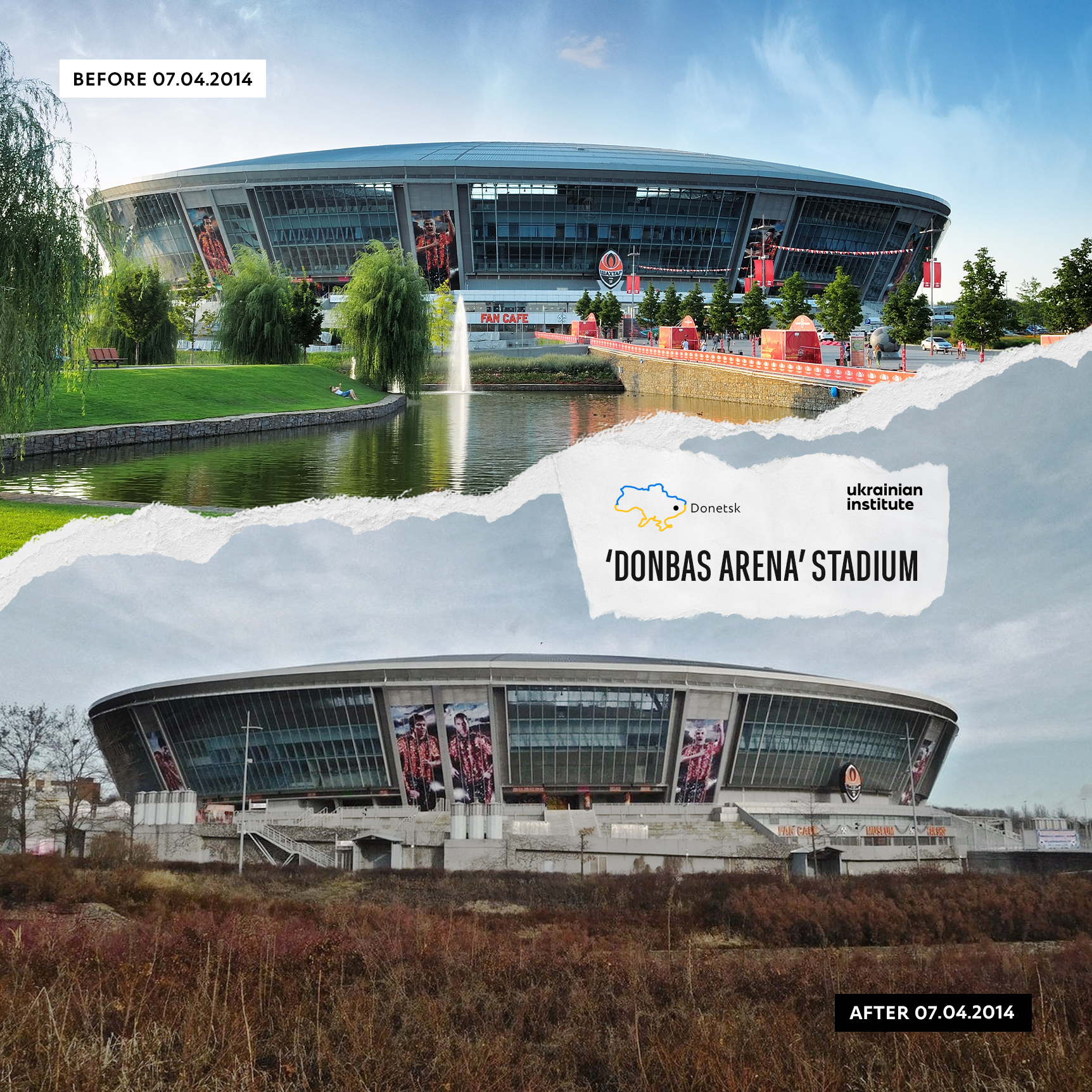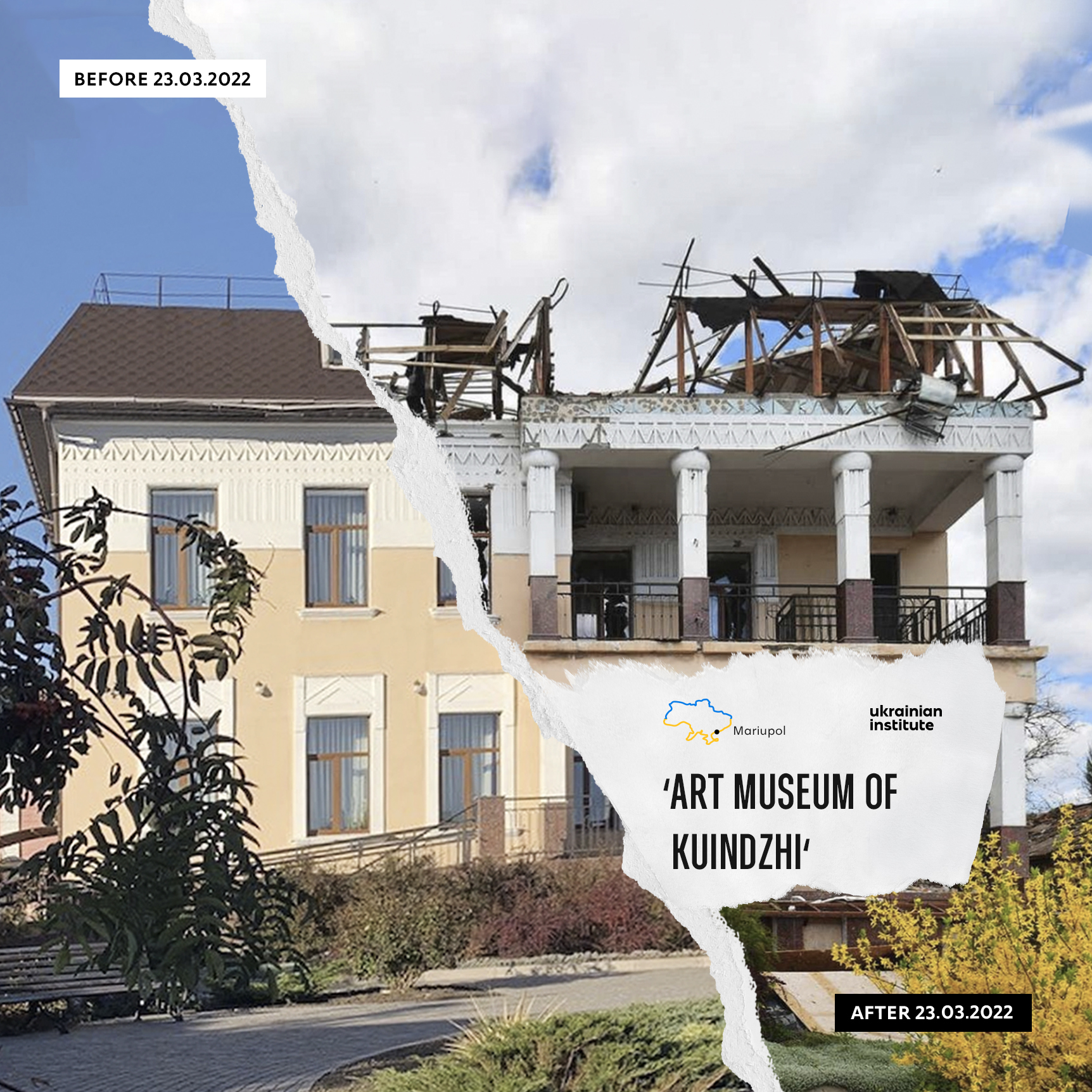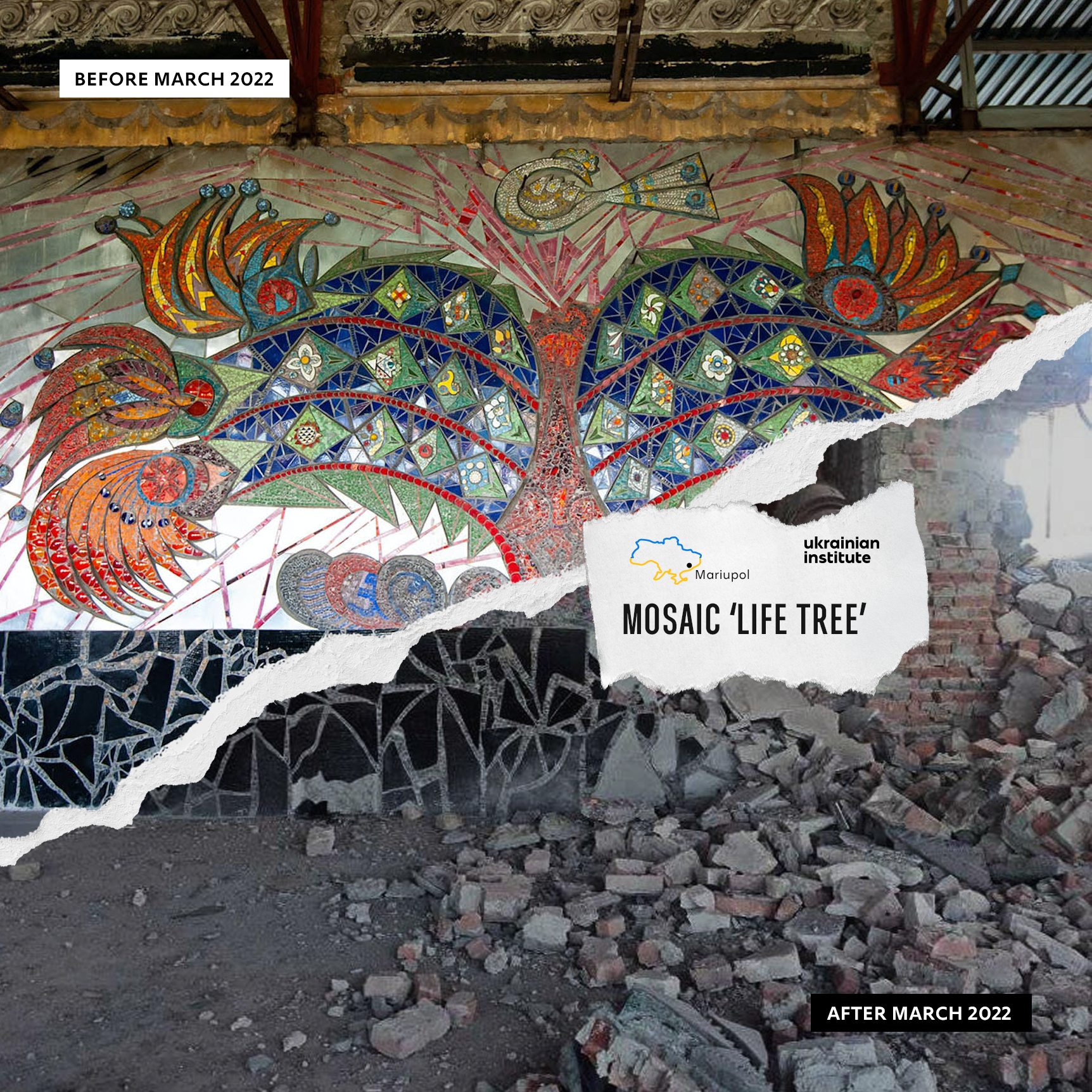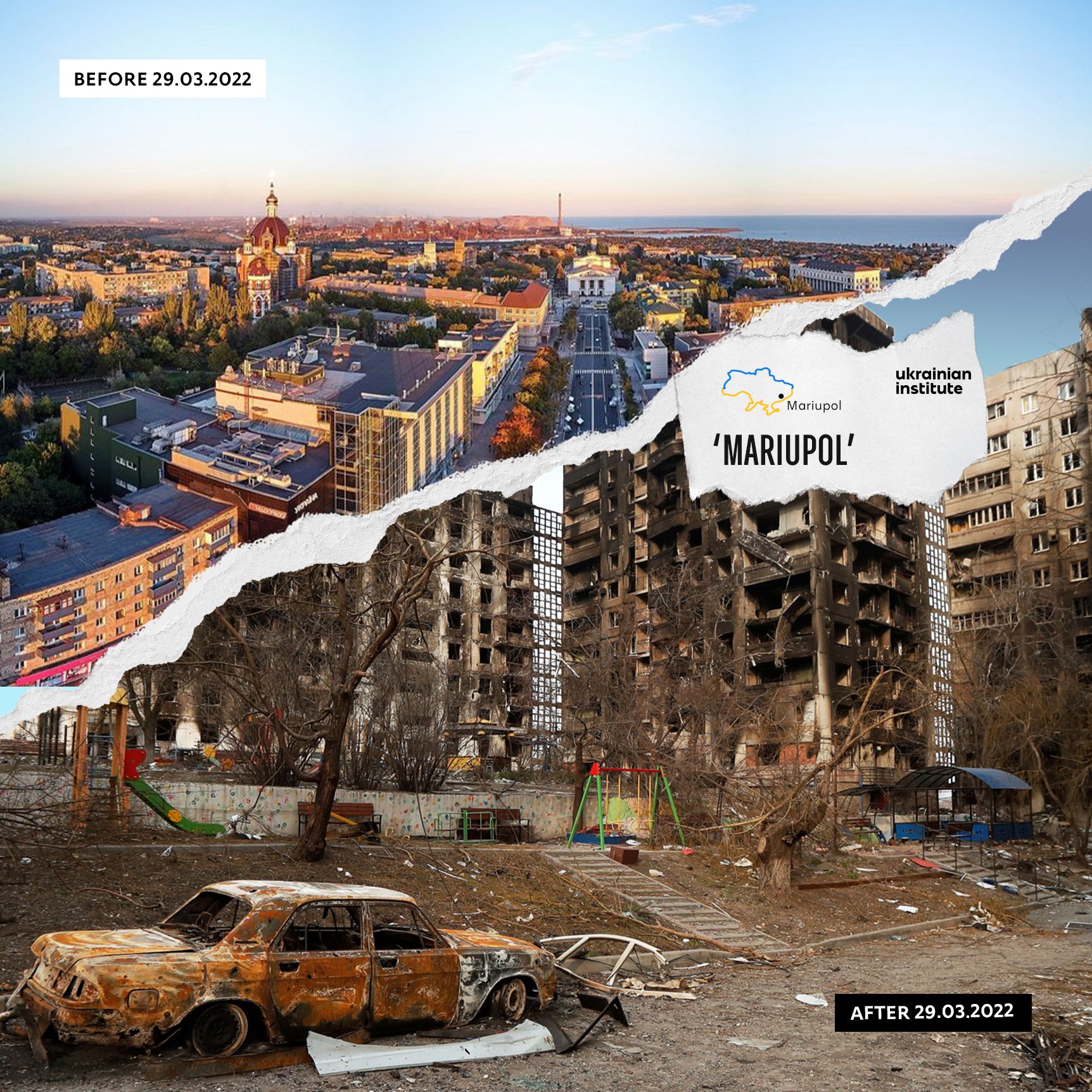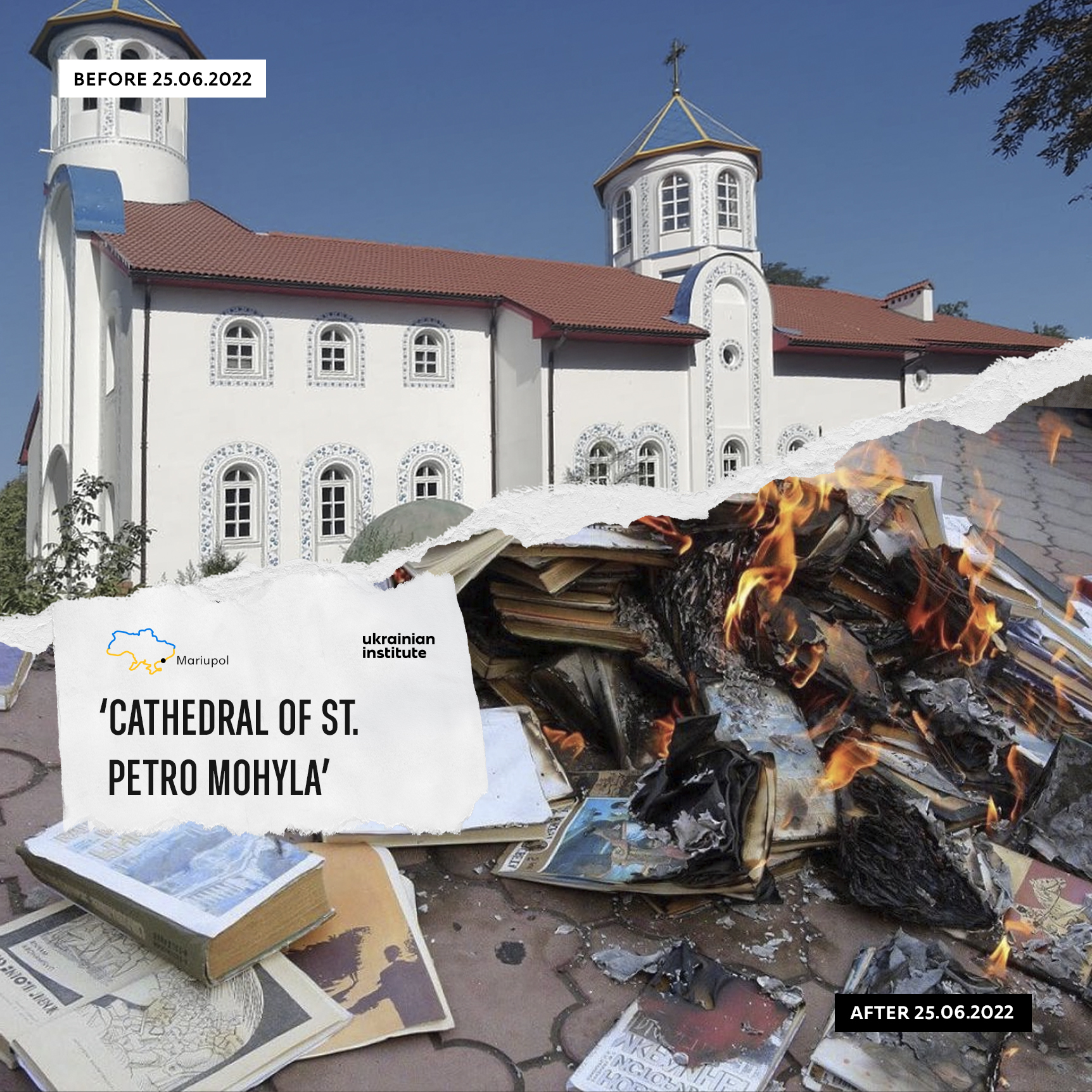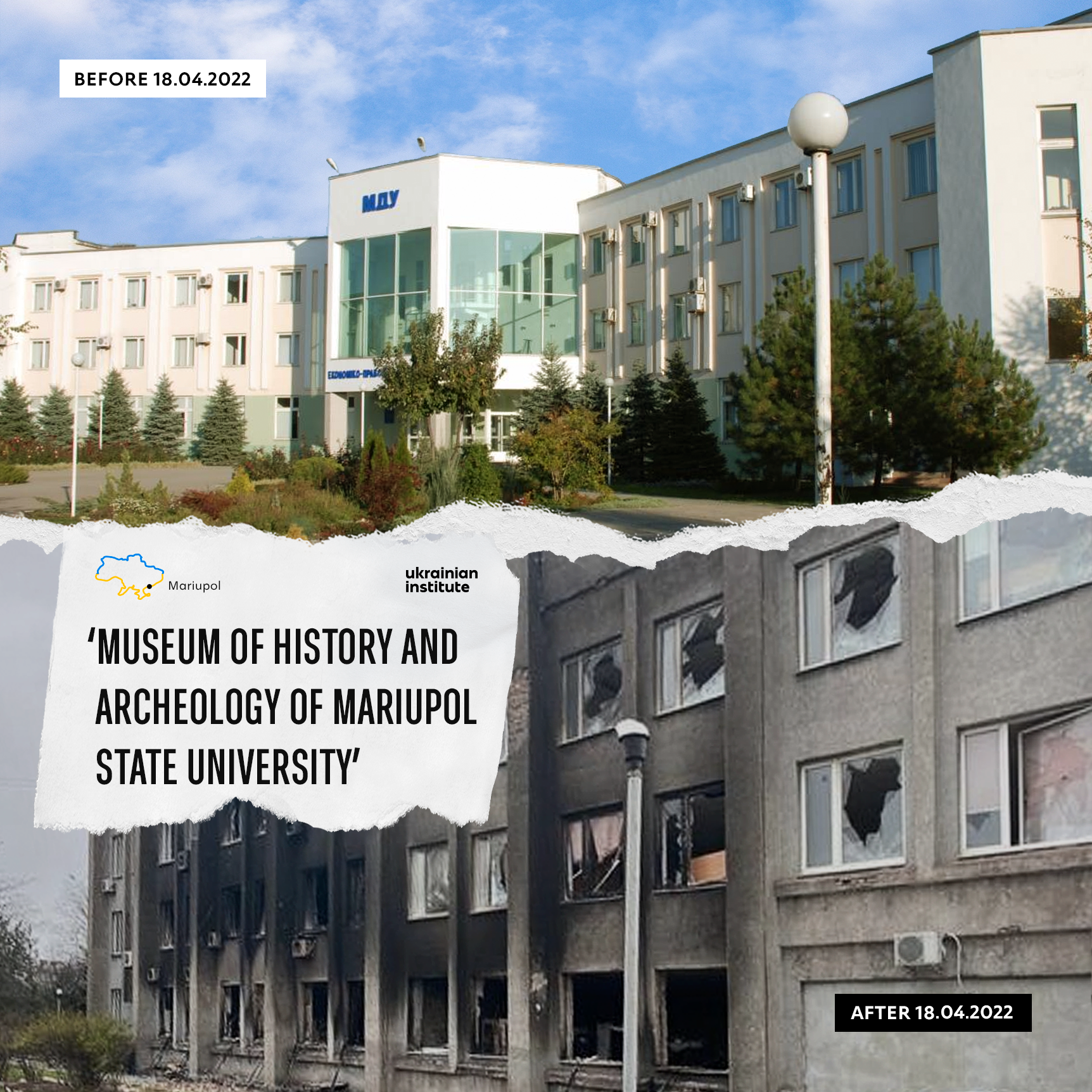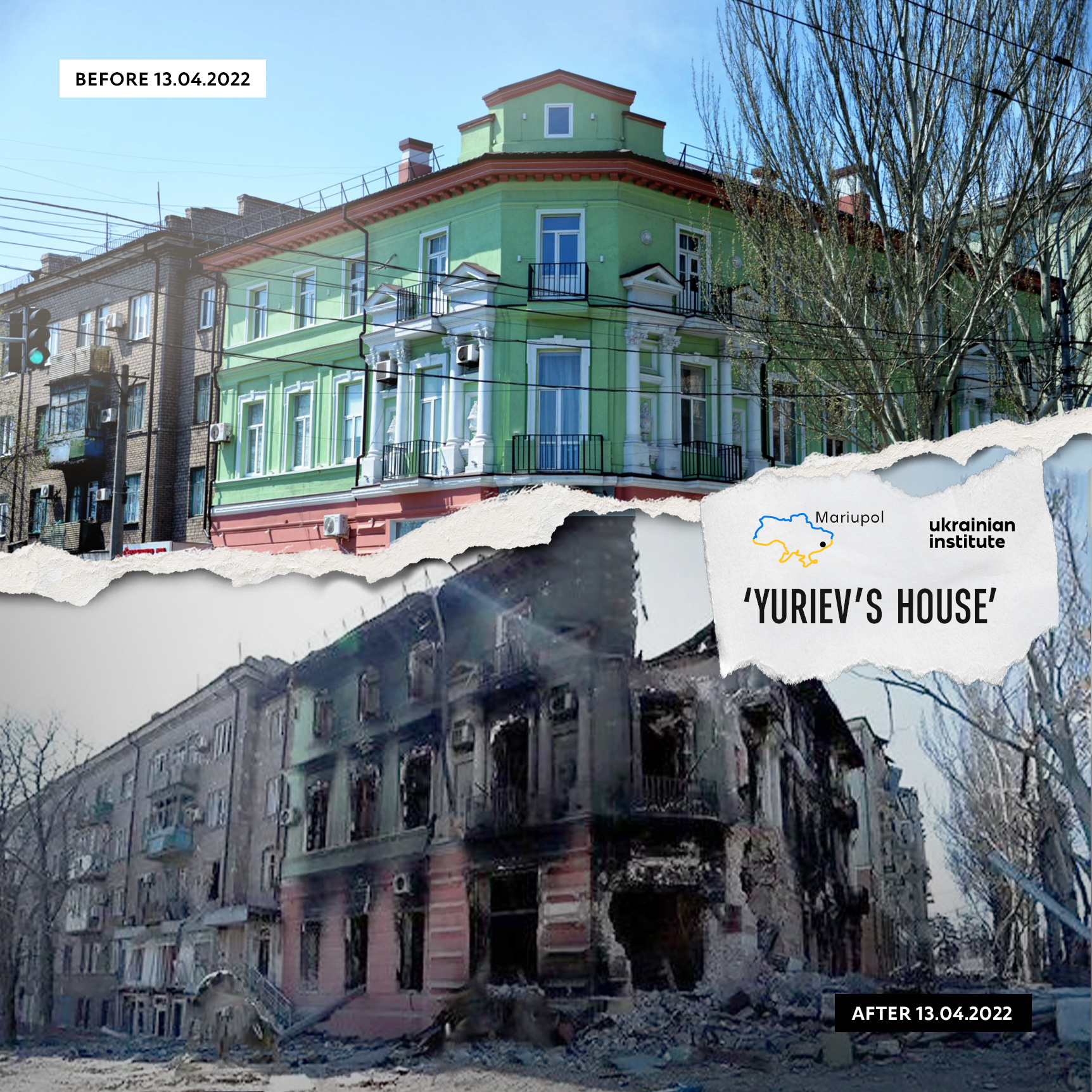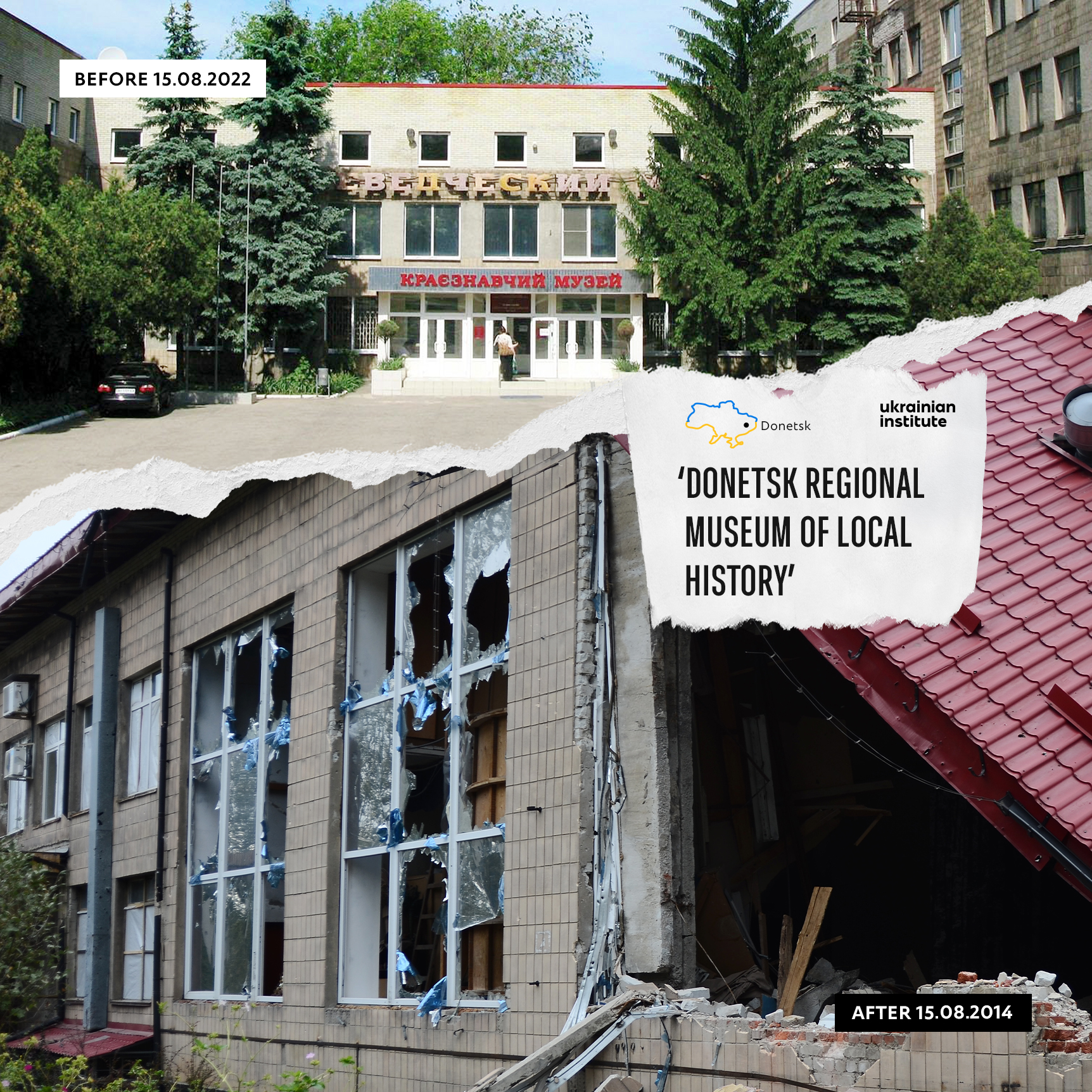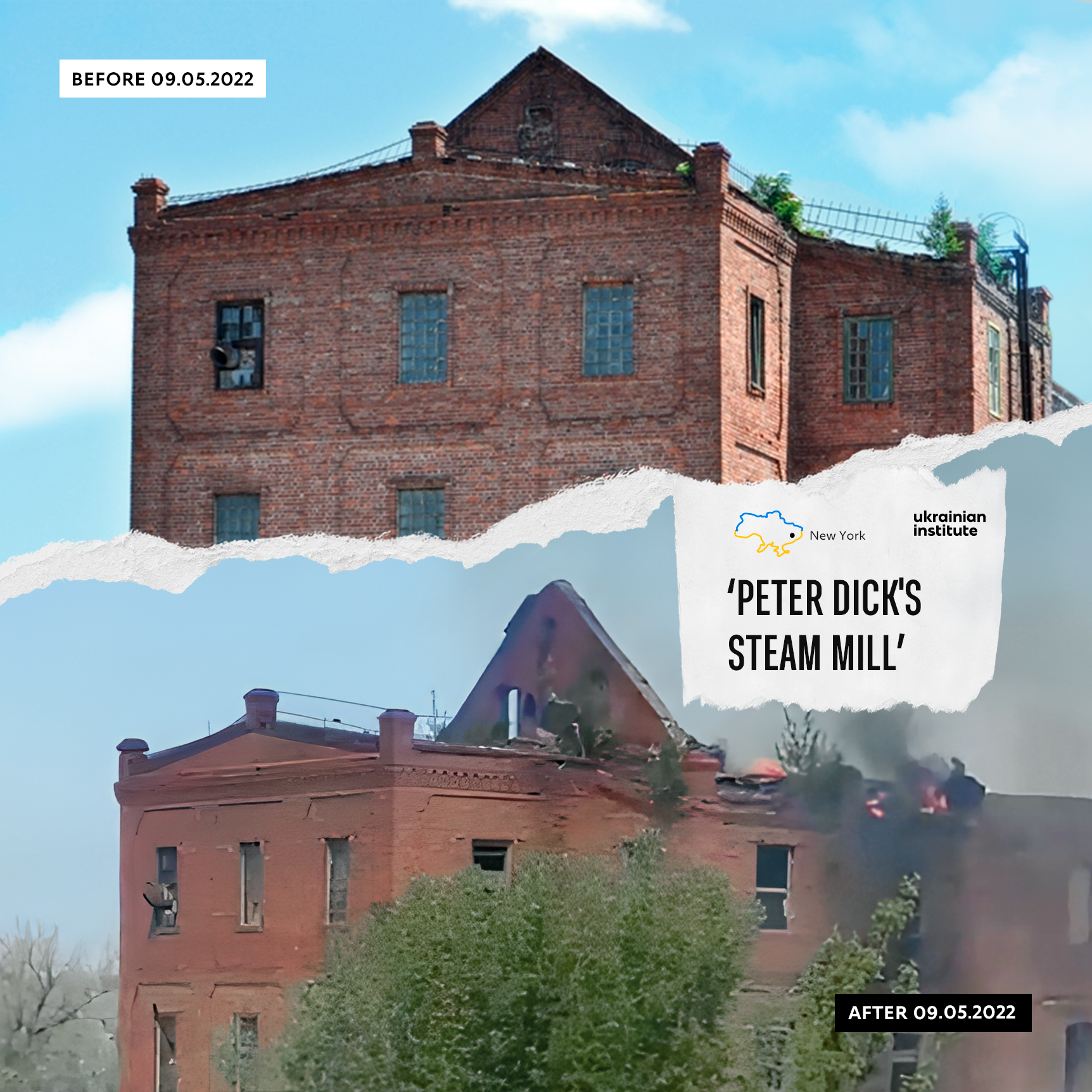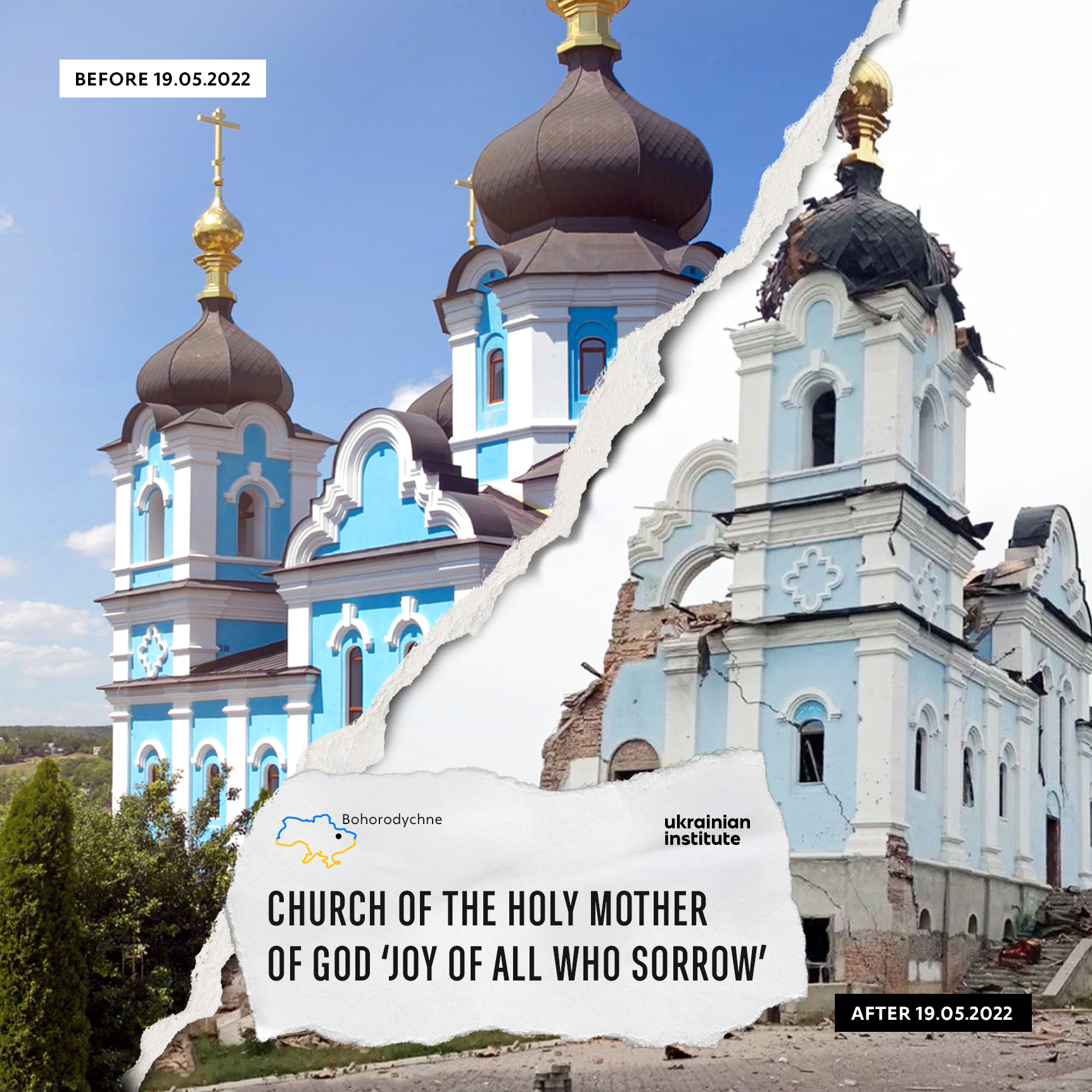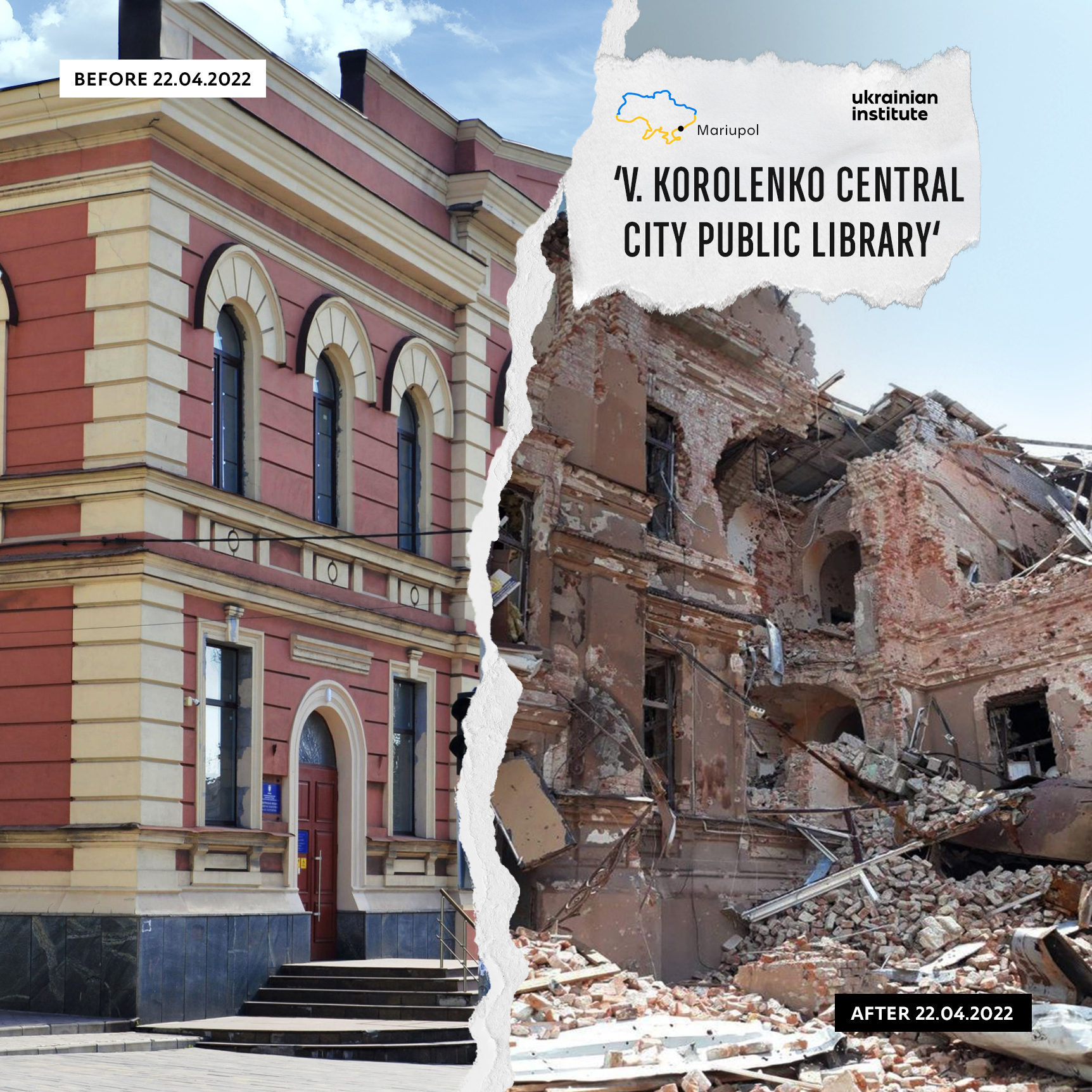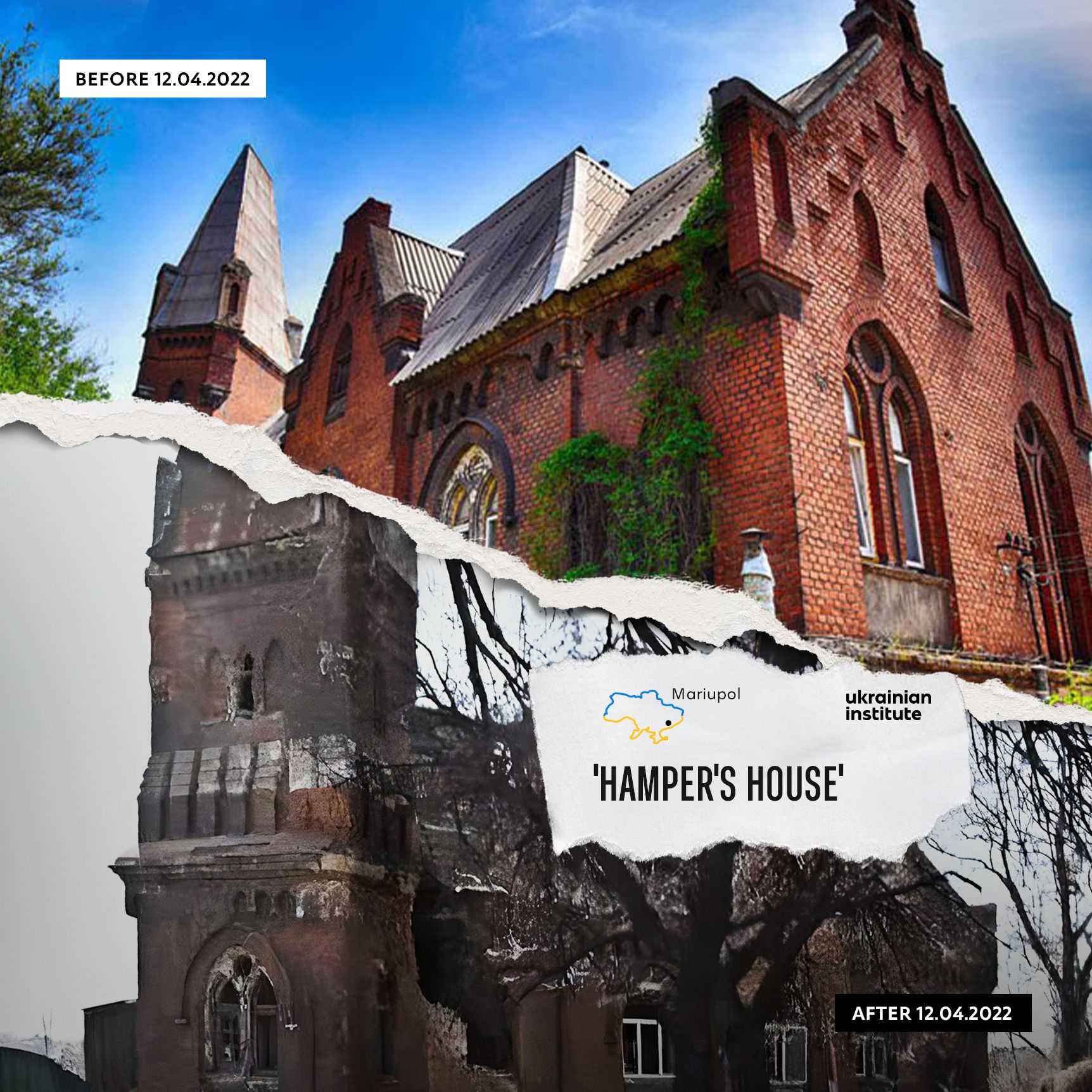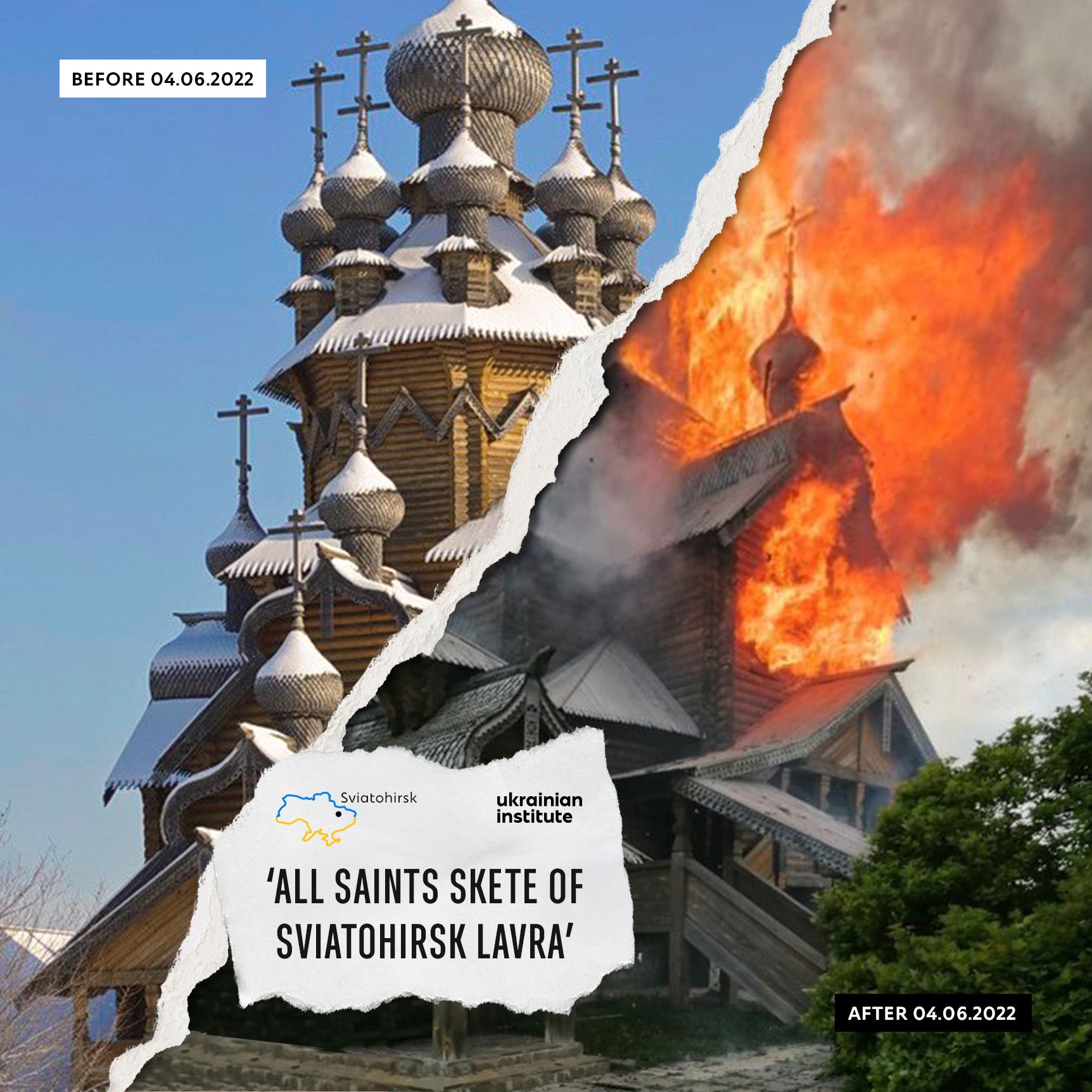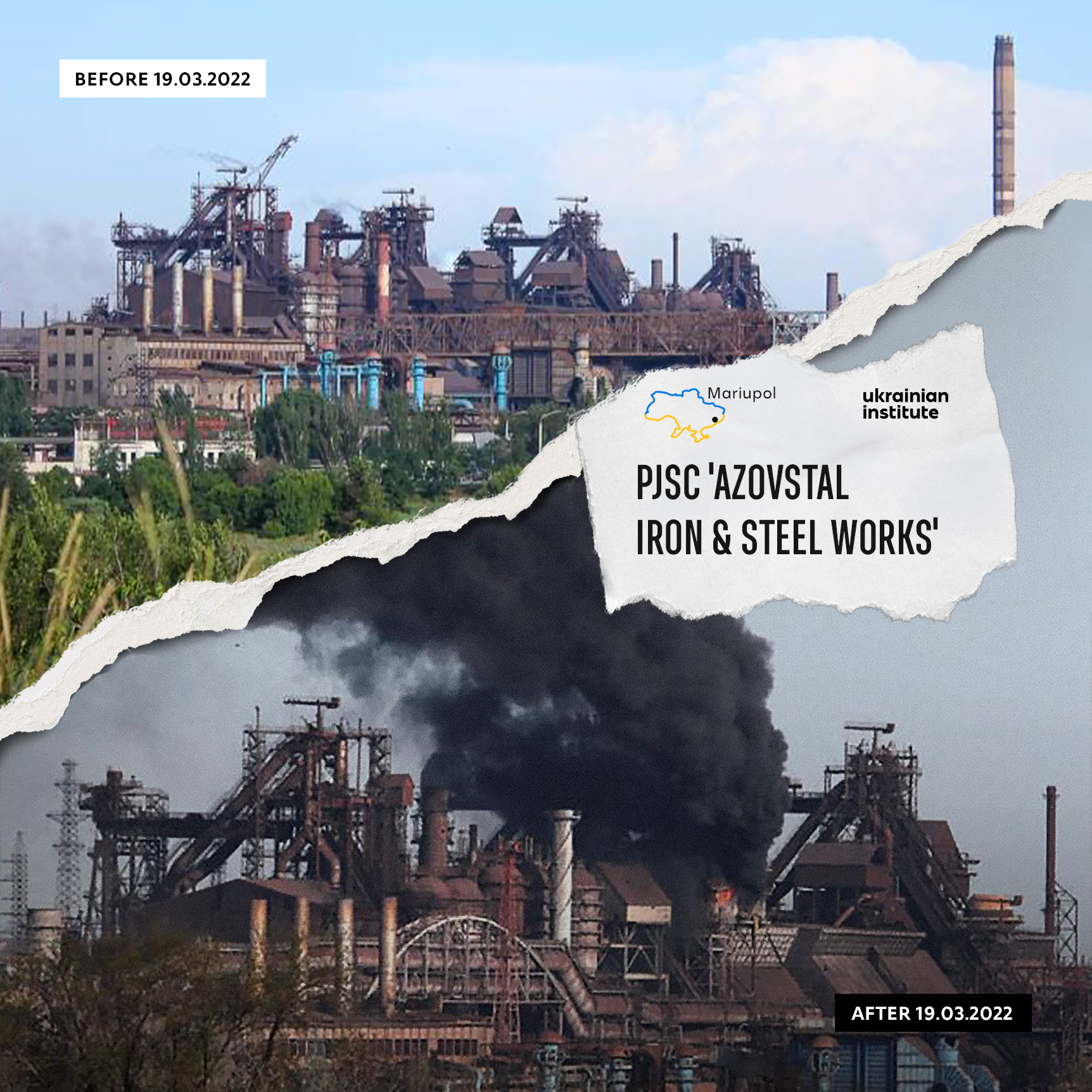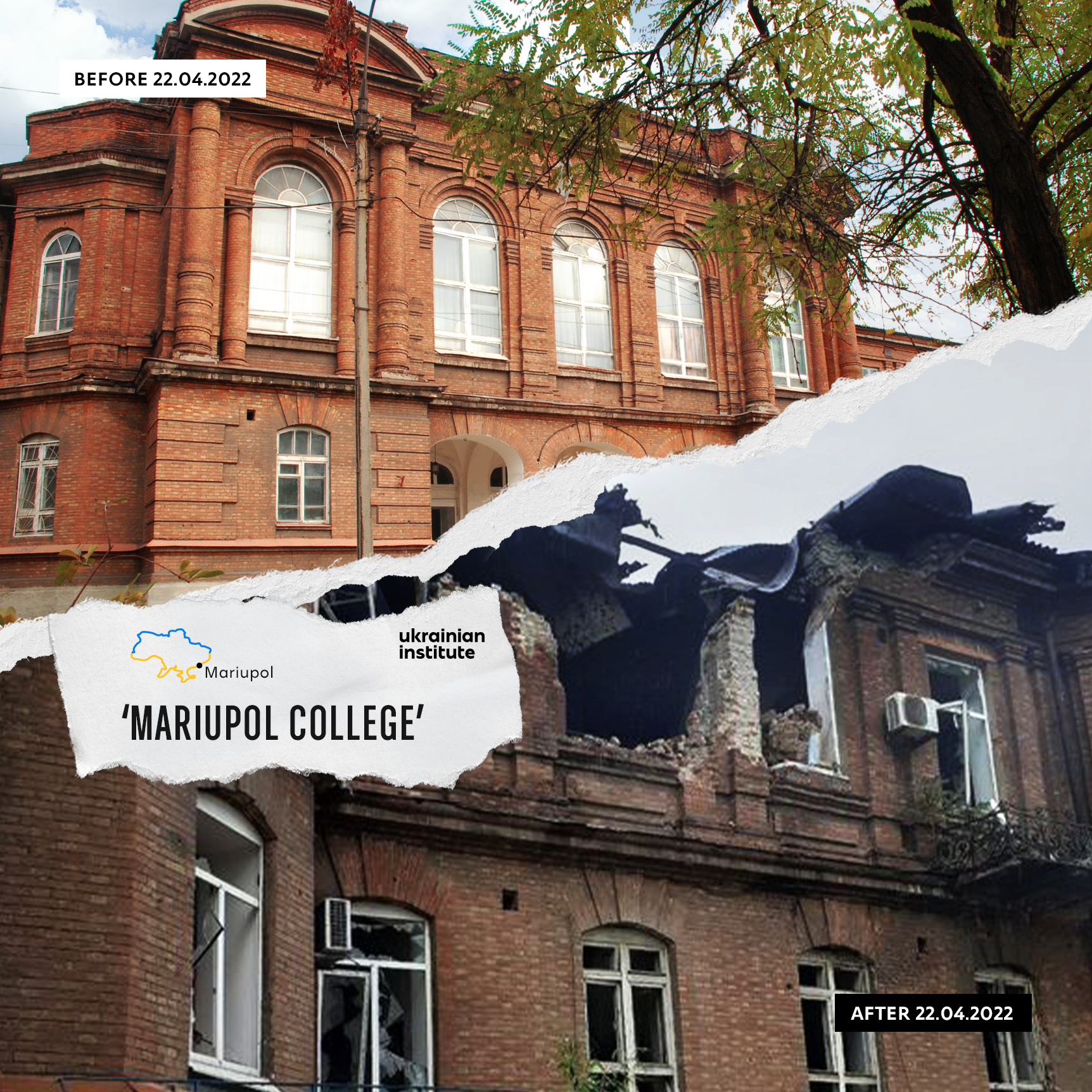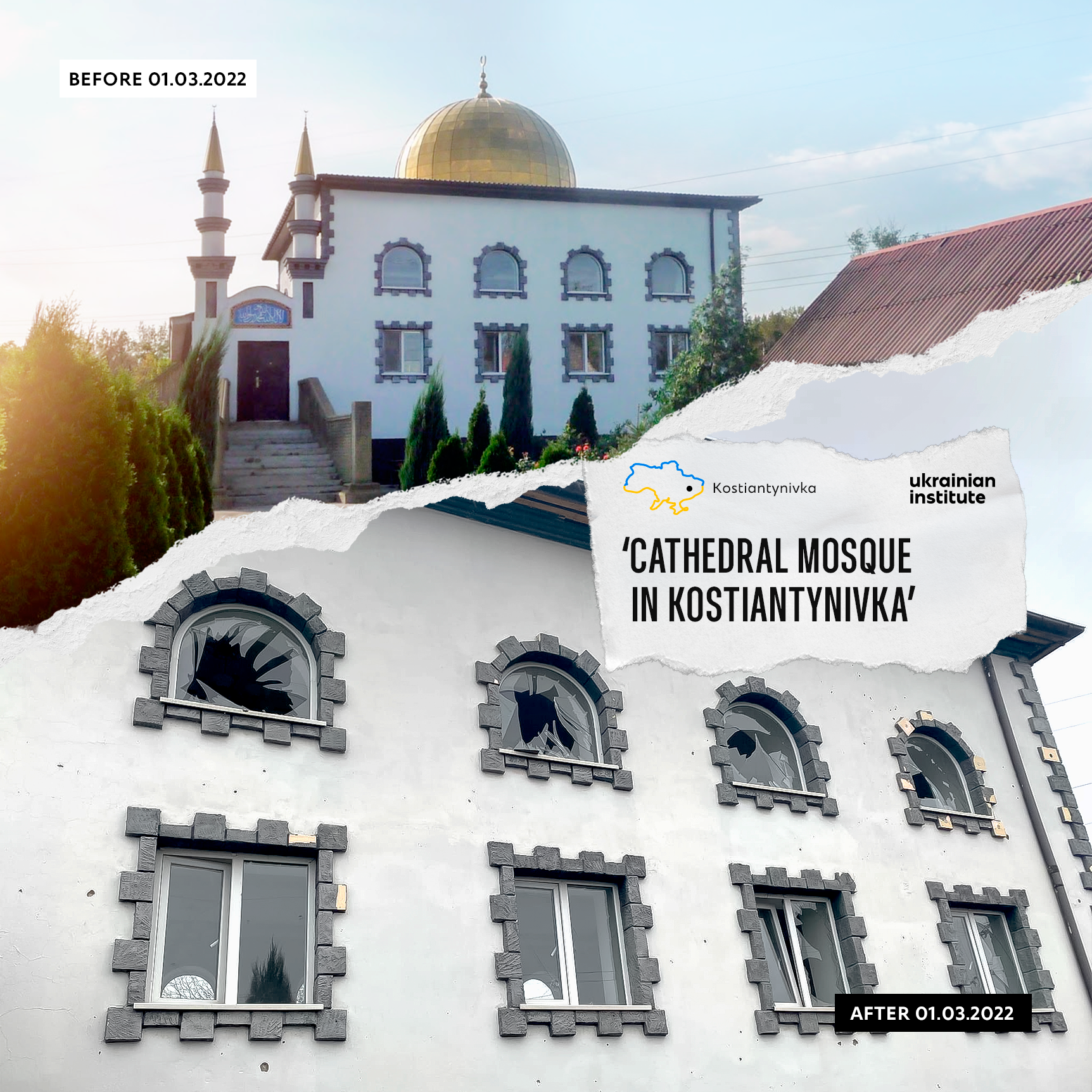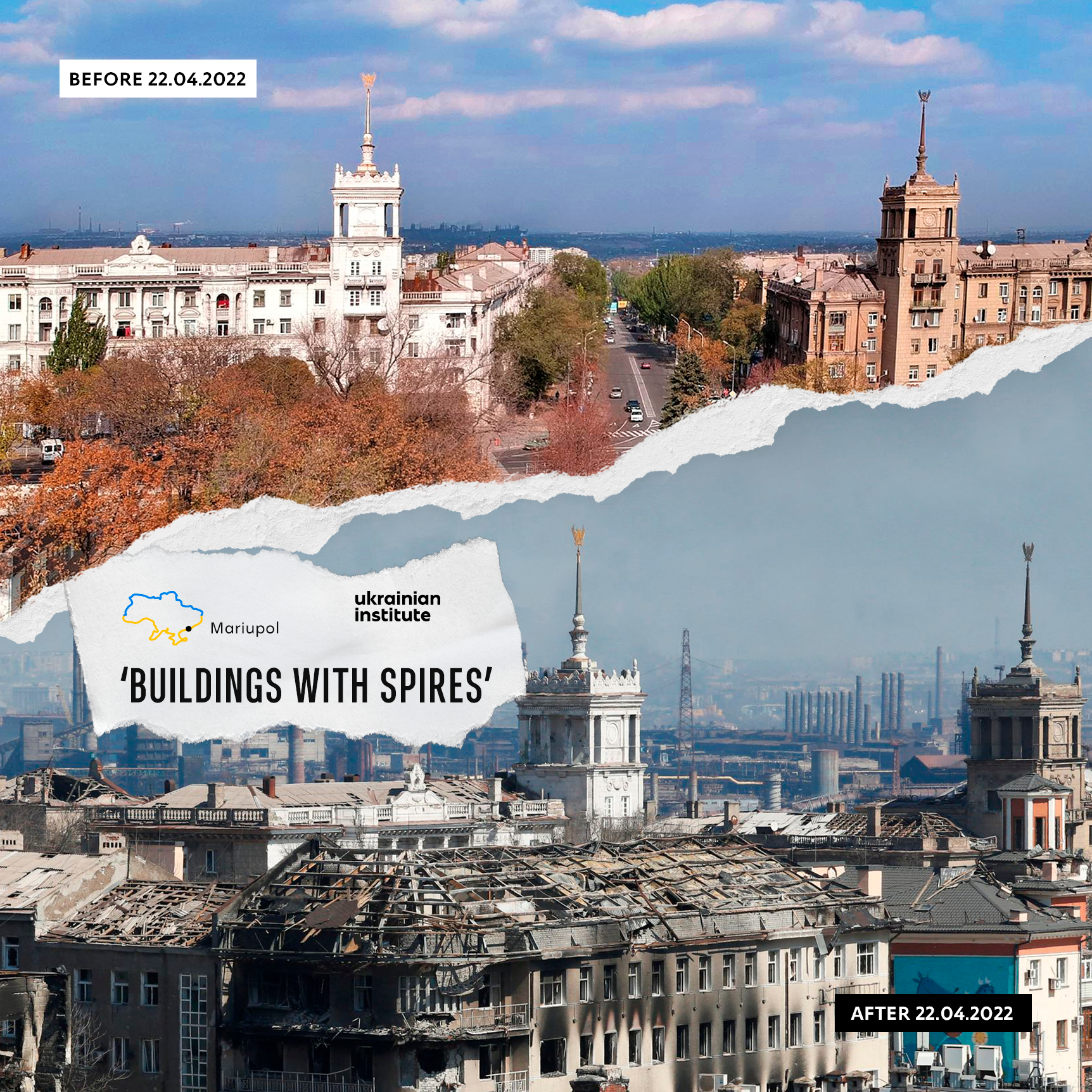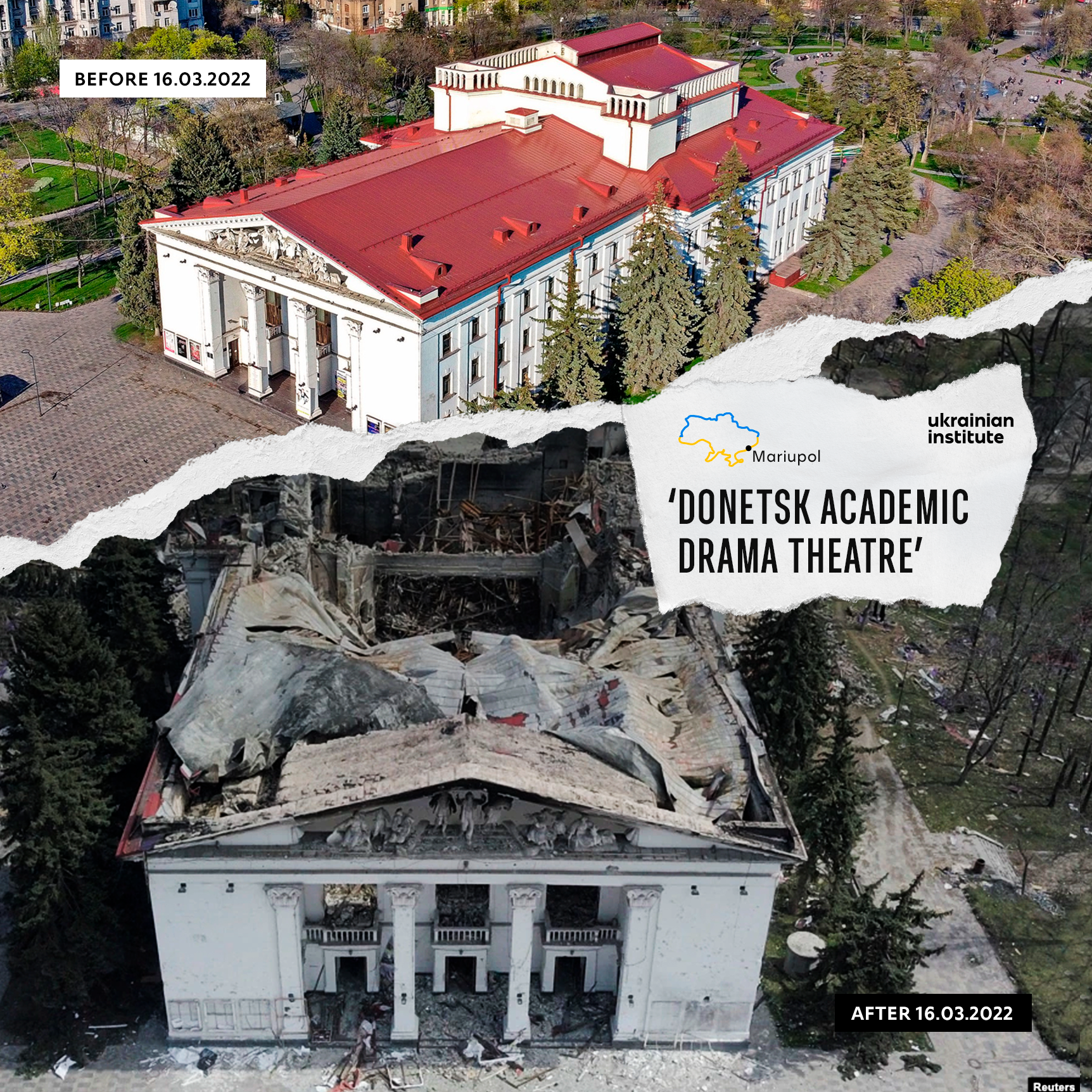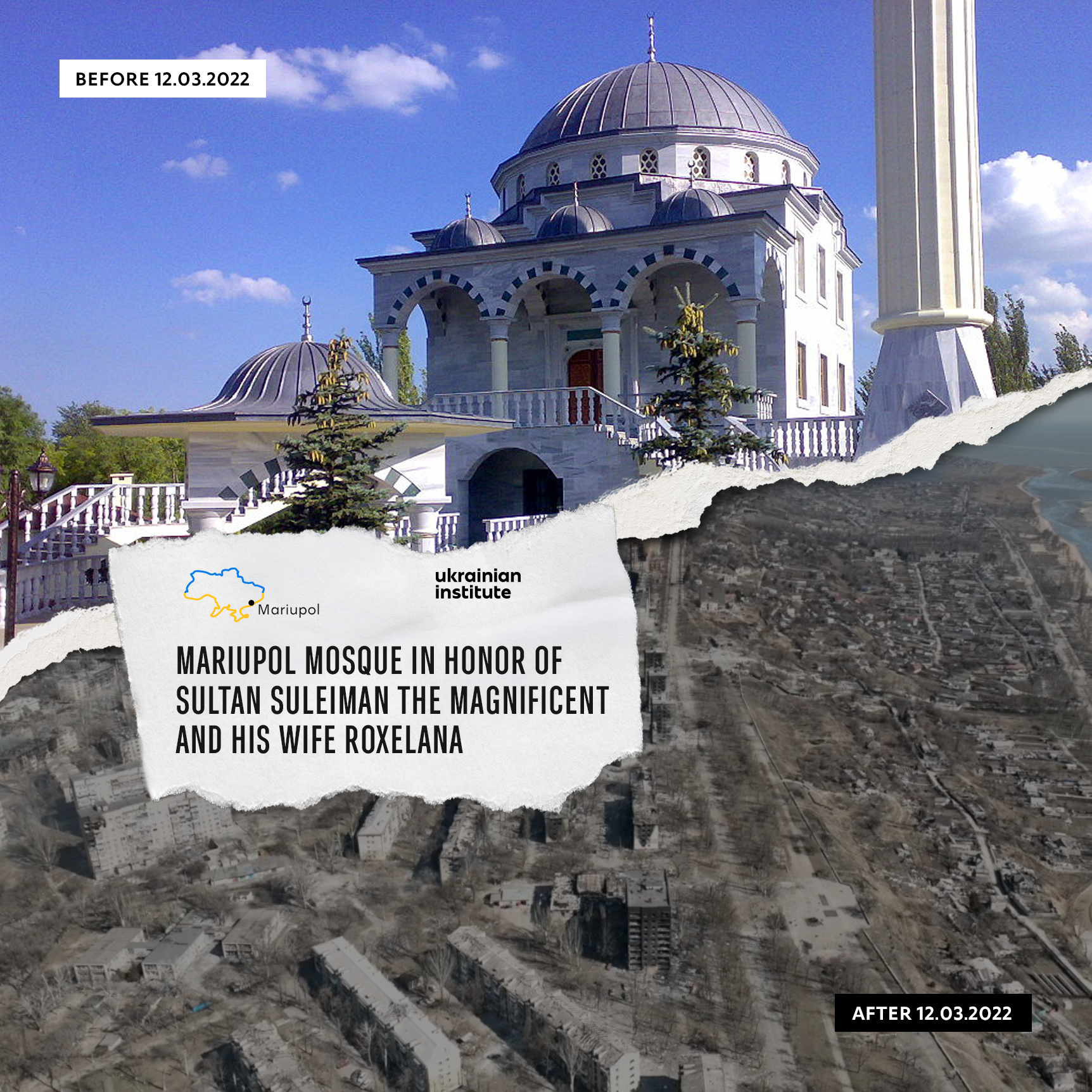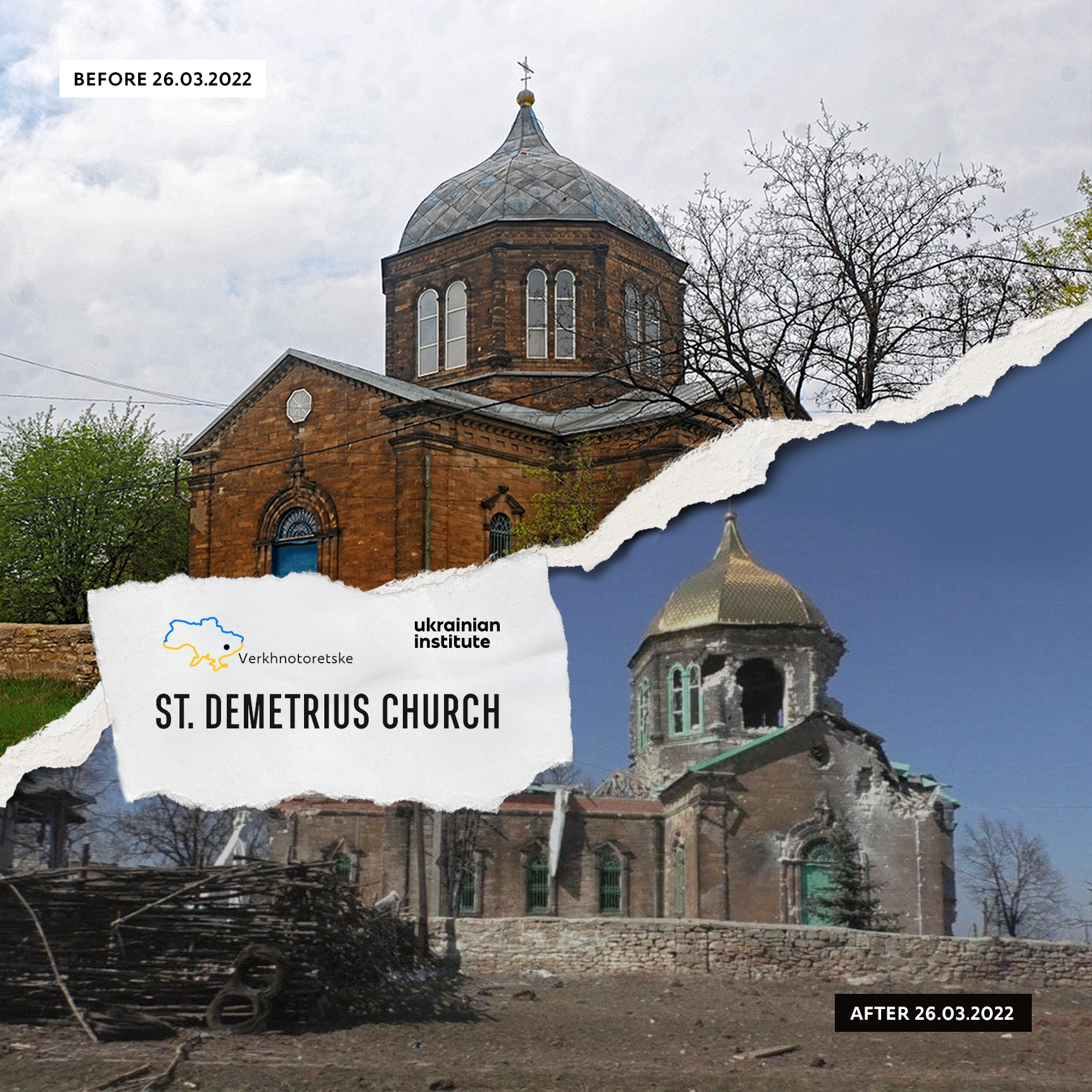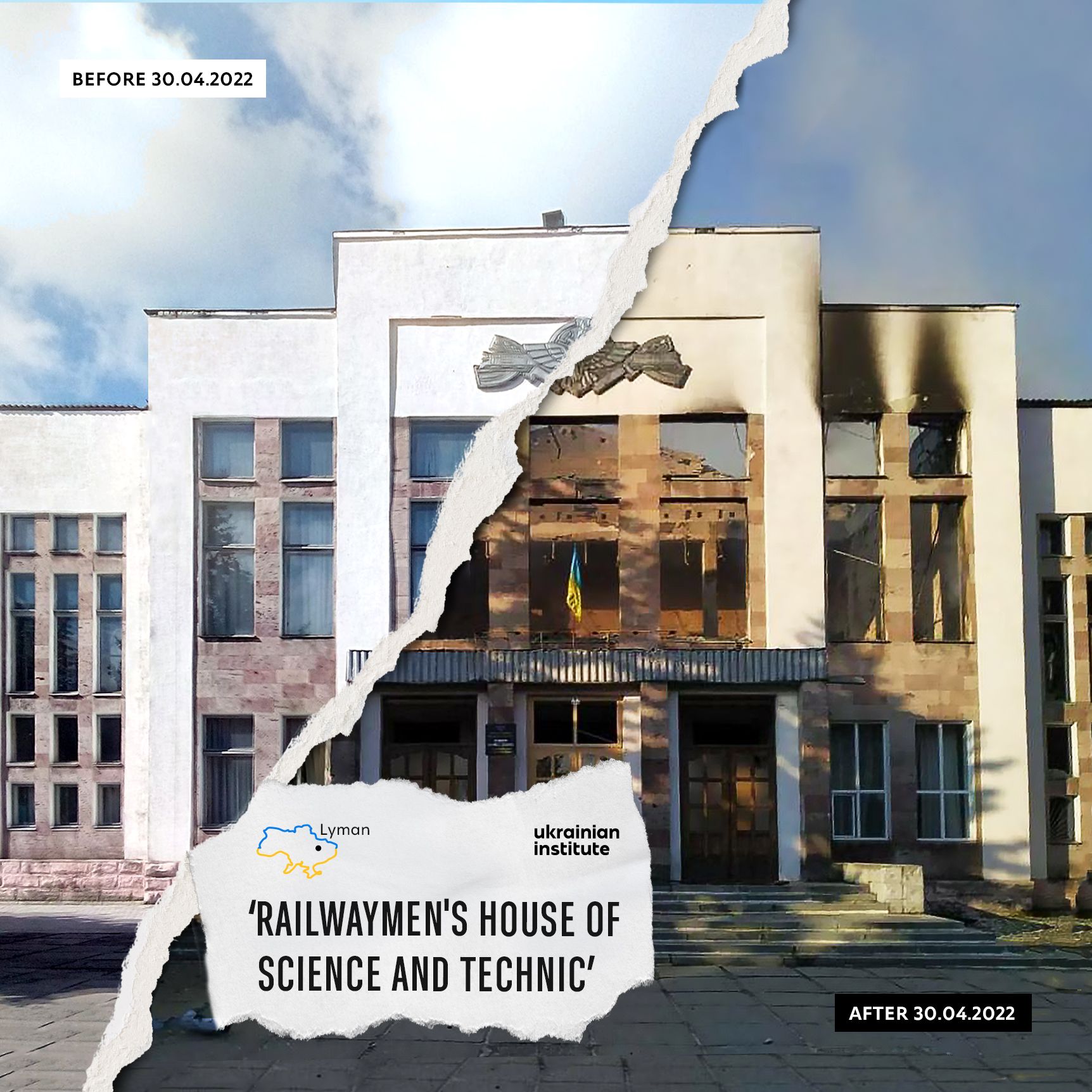
The house was built in the constructivist style in 1929. It has been the centre of the city’s creative life for almost a hundred years.
Lyman is a city in the Donetsk region, located 138 km from Donetsk. Its history began in the 17th century when Ukrainian Cossacks founded a sloboda in these lands. It was a settlement near the watchtowers not far from the Torska fortress (now the city of Sloviansk). In 1911, a railway line was laid and a station was built close to Lyman, which eventually turned into a potent railway junction. Thus, Lyman became a city of railway workers.
The building of the City Palace of Culture in the constructivist style, named after the Bolshevik Artem, was opened in 1929. Two years later, two drama groups, a choir band, a big dance group, and three orchestras (a symphony, a brass band, and an orchestra of folk instruments) worked here.
During World War II, a bigger part of the Palace of Culture was destroyed by artillery shelling and bombing, and its large stage was significantly damaged. However, with the return of peace to Ukrainian lands, the city community restored the house very quickly.
A puppet theatre, a summer cinema, and a library were opened in the Palace of Culture. The latter had a collection of almost 40,000 editions and provided books to more than 30 mobile libraries. These were organised for people who did not have time or opportunity to visit a regular library.
Over the years, the Palace of Culture has staged about 40 plays, operettas, vaudevilles (including ‘Zaporozhian Cossack beyond the Danube,’ the classic of Ukrainian drama), and many other works. Up to 18 creative groups and 12 clubs operated here until recently. The Palace of Culture, now the House of Science and Technology of Railway Workers, has been the centre of the city’s creative life for almost a hundred years.
In the spring of 2022, both the building and the city itself ended up in one of the epicentres of the full-scale Russian invasion of Ukraine. As a major railway junction, Lyman has become strategically important for Russian troops because it provides access to railway and road bridges across the Siverskyi Donets River. The city has been under constant shelling since late April. On April 30, the Palace of Culture was also damaged by shelling and the resulting severe fire. And after a month of fierce fighting, the Russians finally occupied Lyman.
The site that once held memories may now turn into a memory itself.

